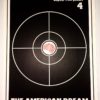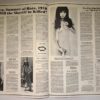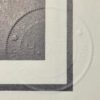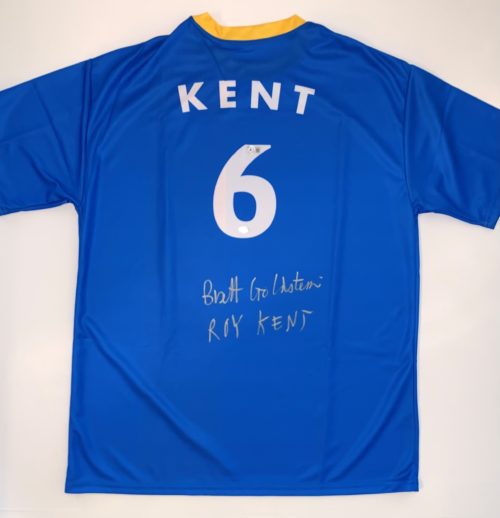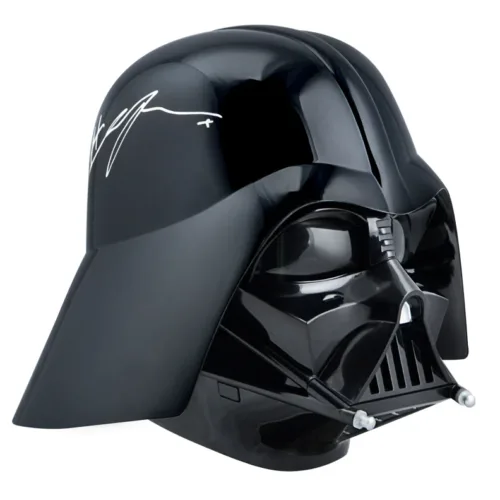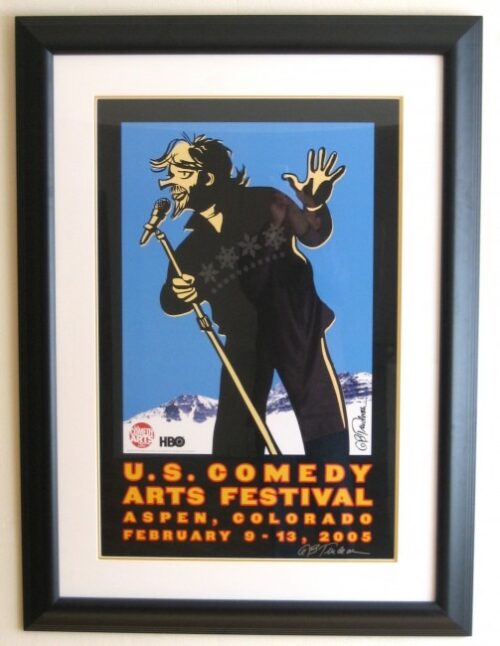Description
An original vintage 1970 Aspen Wall Poster 4 titled “The American Dream‘.
This poster was designed by Hunter S. Thompson and Artist Thomas W. Benton for Thompson’s 1970 bid to become Sheriff of Pitkin County, Colorado (Aspen, CO). This is part of a series of these “Wall Posters” that were designed and printed by Benton, with newspaper style stories printed inside which were written by Hunter with content related to his run for Sheriff.
This is the only “Double Issue” of the Aspen Wall Posters.
The poster measures 22″ x 14″ (this is the measurement of the folded poster itself – the newspaper part opens to double that size).
This particular poster is in near-mint condition, as it was part of Hunter’s personal stash. It has been stored at Hunter’s residence at Owl Farm in Woody Creek, Colorado until 2021, and is embossed with Hunter’s original Library seal.
Sold with a Certificate of Authenticity from The Autograph Source (Lifetime Guarantee) and a Letter of Provenance issued by and signed by Hunter S. Thompson’s wife Anita Thompson, who works tirelessly to keep Owl Farm and Hunter’s legacy alive and well.
————————————
In 1970 Hunter Thompson ran for sheriff of Pitkin County, Colorado [Aspen], on the “Freak Power” ticket, promoting the decriminalization of drugs (for personal use only, not trafficking, as he disapproved of profiteering), tearing up the streets and turning them into grassy pedestrian malls, banning any building so tall as to obscure the view of the mountains, and renaming Aspen “Fat City” to deter investors. Thompson, having shaved his head, referred to his opponent as “my long-haired opponent”, as the Republican candidate had a crew cut.With polls showing him with a slight lead in a three-way race, Thompson appeared at Rolling Stone magazine headquarters in San Francisco with a six-pack of beer in hand and declared to editor Jann Wenner that he was about to be elected the next sheriff of Aspen, Colorado, and wished to write about it. Thus, Thompson’s first article in Rolling Stone was published as The Battle of Aspen with the byline “By: Dr. Hunter S. Thompson (Candidate for Sheriff).” Despite the publicity, Thompson ended up narrowly losing the election. While actually carrying the City of Aspen, he only garnered 44% of the county-wide vote in what became a two-way race as the Republican candidate for sheriff agreed to withdraw from the contest a few days prior in order to consolidate the anti-Thompson votes as long as the Democrats withdrew their candidate for county commissioner. Thompson later remarked that the Rolling Stone article mobilized his opposition far more than his supporters.
According to the FBI, some of their records on Hunter S Thompson, counterculture journalist and Gonzo investigator, may have been destroyed in purges in 1994 and 1998. The rest were sent over to the National Archives and Records Administration, vault of historically-relevant materials from federal agencies across the government. What remains in the available 58 pages reveal that the agency’s interest in the drug-toting Doctor began before his hit Fear and Loathing in Las Vegas, starting with his coverage of the Hell’s Angels motorcycle gang.
Thompson first came across the FBI’s radar around the time of the 1967 publication of his book about riding along with the Hell’s Angels motorcycle gang. The collection revved up with Thompson’s 1970 entry into the Pitkin County, Colorado sheriff’s race — “despite the natural horror of seeing myself as the main pig.” The inquiry involved on-the-ground interviews, including with the local liquor store clerk.
Confidential informants in Colorado provided additional background for the agency, and a note from one of Thompson’s Kentucky-based childhood acquaintances labeled him as “the bad boy of our neighborhood.” There also appear a few of the Aspen Wall Posters he used for his campaign, highlighting version No 4 and its critique of law enforcement, including a swastika in place of the “x” in then-President Richard Nixon’s name.
Tom Benton’s close friends included many of the politicians in the Roaring Fork Valley (Aspen) and in 1970 he gained national recognition as the artist who created the posters for Hunter Thompson’s infamous campaign for Pitkin County Sheriff. Even though Thompson ended up losing the election, a new order had begun to take hold in Aspen. In the years after that defeat, Tom continued to work to get the people he wanted to see in office elected and even reached the national stage when he designed posters for Gary Hart and George McGovern in the early 70’s.





